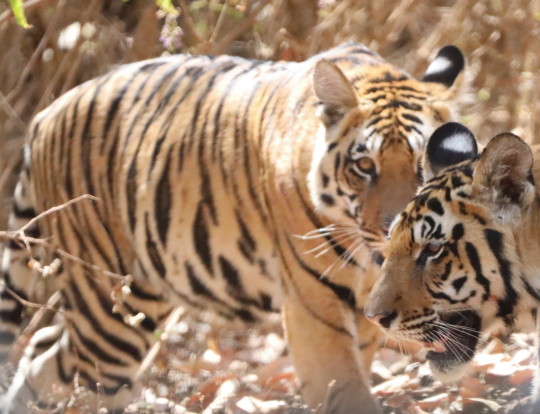#photogirls
Text

💖💖💖💖💖🌷🌹
#red hat#red hair#fashion#hair#beauty#chic#girl#girls#television#happiness#vintage#photography#love#yourself#inspiration#nice#beautygirls#saxygirls#numbersgirls#photogirls#explor#foryoupage#followme#yes
1 note
·
View note
Text

Looking for life…
#girls icons#womenempowerment#soft life#family#noviolence#lifestyle#beauty#pretty girls#soul eater#burlesque#teathre#portrait#photooftheday#photogirl
3 notes
·
View notes
Note
♥️love train! Send this to all the blogs you love! Don’t forget to spread the love!♥️

AAAAHHHHHHH THANK YOU AND I LOVE YOU SO SO MUCH!!! 💙💙
5 notes
·
View notes
Text

🌷🌷🌷🌷🌷😍💖
#fashion#hair#beauty#chic#girl#girls#television#happiness#vintage#photography#love#yourself#inspiration#nice#beautygirls#saxygirls#numbersgirls#photogirls#explor#foryoupage#followme#yes#vacation homes
0 notes
Text

#big bootie#ass focus#hot asian babe#ai generated#ai beauty#mature beauty#photogirl#ai model#ai girlfriend#stablediffusionai#manwha#manhua
16 notes
·
View notes
Text

Wildlife tourism can play a significant role in conservation efforts when managed responsibly. Here are some key points highlighting the relationship between wildlife tourism and conservation:
Economic Incentive: Wildlife tourism generates revenue that can be directed towards conservation efforts. Entrance fees to national parks and wildlife reserves, guided tours, accommodation, and other tourism-related expenses contribute to funding conservation initiatives.
Community Engagement: Wildlife tourism often involves local communities living around protected areas. When communities benefit economically from tourism, they are more likely to support conservation efforts, as they recognize the value of preserving natural habitats and wildlife.
Awareness and Education: Wildlife tourism provides opportunities for people to learn about the importance of conservation and the need to protect fragile ecosystems and endangered species. Guided tours, interpretive centers, and educational programs offered to tourists can raise awareness and foster a sense of responsibility towards conservation.
Research Opportunities: Wildlife tourism can facilitate research efforts by providing access to remote areas and funding for scientific studies. Tourists may also contribute to citizen science initiatives by reporting wildlife sightings and participating in data collection efforts, which can aid conservation organizations in monitoring wildlife populations and assessing the effectiveness of conservation measures.
Regulation and Monitoring: Responsible wildlife tourism practices require effective regulation and monitoring to minimize negative impacts on wildlife and their habitats. Governments and conservation organizations can implement regulations and guidelines for tour operators and tourists to ensure that activities are conducted in an environmentally sustainable manner.
Balancing Conservation and Tourism: It's essential to strike a balance between promoting tourism and protecting wildlife. Sustainable tourism practices prioritize the well-being of wildlife and their habitats, minimizing disturbances and preventing overcrowding in sensitive areas. This may involve implementing carrying capacity limits, seasonal restrictions, and designated viewing areas to reduce human impact.
Challenges and Risks: Despite its potential benefits, wildlife tourism also poses risks to conservation, such as habitat degradation, disturbance to wildlife, and the spread of diseases. Unregulated tourism activities, habitat destruction for infrastructure development, and illegal wildlife trade can threaten ecosystems and jeopardize conservation efforts.
Overall, wildlife tourism has the potential to support conservation goals by generating revenue, raising awareness, fostering community involvement, and facilitating research, but it requires careful planning, regulation, and monitoring to ensure that it contributes positively to conservation efforts while minimizing negative impacts on wildlife and their habitats.
#editionphotography#picsarte#photostills#edicaopicsart#edicaodefotos#nehachowdary#edi#picsarteditor#photogirl#tumblrgirls#modell#modellifestyle#fortaleza#photostudio#modelos#tumblrgirl#o#natureza#tumblr#fashionphotography#pradeepnaturalist#wildlife#travel#ladhak
0 notes



